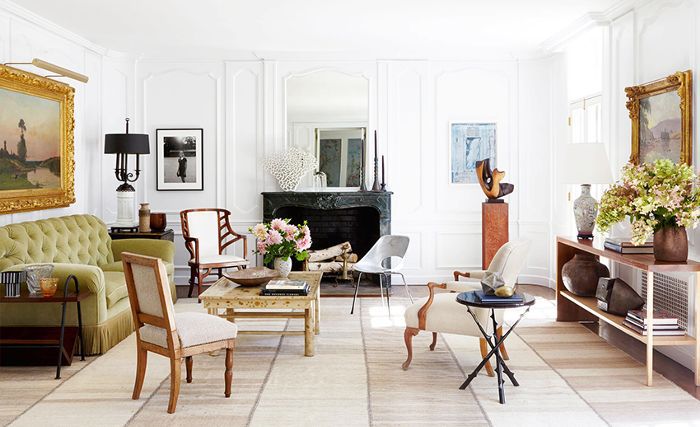
How to Mix and Match Furniture Like a Pro
Have you ever walked into a room and instantly felt a sense of harmony and cohesion? Everything just seems to work together effortlessly, creating a space that is both inviting and stylish. It may seem like magic, but the truth is, there is an art to mixing and matching furniture like a pro. And today, I want to share some tips and tricks to help you achieve that same level of skill.

I have always been fascinated with interior design, particularly the challenge of blending different styles and pieces to create a unique and personalized space. Over the years, I have learned from countless experiments, successes, and even a few failures. And I am here to pass on that wisdom to you.
First and foremost, the key to successful furniture mixing is to have a clear vision or theme in mind. Without a guiding concept, your space might end up looking cluttered and haphazard. Take the time to really think about what you want to achieve aesthetically, whether it’s a sleek modern look, a cozy cottage vibe, or even an eclectic fusion of styles.
Next, it’s important to consider the scale and proportion of the furniture pieces you are working with. Aim for a good balance between different sizes and shapes. A room with all large, bulky furniture will feel overwhelming, while one with only small pieces will seem cramped and chaotic. Mixing a variety of sizes will create visual interest and keep things visually dynamic.
Another crucial factor to keep in mind is the color scheme. A well-coordinated palette can tie together seemingly mismatched furniture pieces. One approach is to choose a dominant color that will serve as your anchor. This color can be incorporated into multiple items throughout the room, such as pillows, rugs, or even the upholstery of a larger piece. Then, select complementary or contrasting colors to add depth and dimension. This will help create a cohesive and harmonious feel.
Texture is also an important element to consider when mixing and matching furniture. A room with all smooth and shiny surfaces can feel cold and sterile, while one with all rough textures might seem overwhelming. Mixing different textures, such as velvet, leather, wood, or metal, can create a visually pleasing and tactile experience. Just remember to keep things balanced and avoid going overboard.
Now, let’s talk about style. Mixing furniture styles can be a bit trickier, but when done right, it can create a truly unique and captivating space. The key here is to find common elements between the different styles you want to incorporate. For example, if you want to blend vintage and contemporary styles, look for pieces that share a similar color palette, material, or shape. By finding these common threads, you can ensure that the styles will work together instead of clashing.
Don’t be afraid to experiment and take risks. Some of the best interior design moments come from unexpected combinations. Trust your instincts and let your personal style shine through. Mix and match pieces that speak to you, that tell a story, and that make you feel at home. After all, your home should be a reflection of who you are and what you love.
One final tip: patience is key. Rome wasn’t built in a day, and neither is a well-curated, harmonious space. Collecting furniture takes time and patience, so don’t rush the process. Take the time to find the perfect pieces that resonate with you. This may involve scouring thrift stores, antique shops, or even online marketplaces. The journey of blending different furniture pieces is just as important as the destination.
In conclusion, mixing and matching furniture like a pro is all about finding the right balance, considering scale, color, texture, and style. It’s a careful dance that requires planning, experimentation, and a touch of personal flair. So go ahead, embrace your inner designer, and create a space that is both personal and captivating. Happy mixing and matching!



